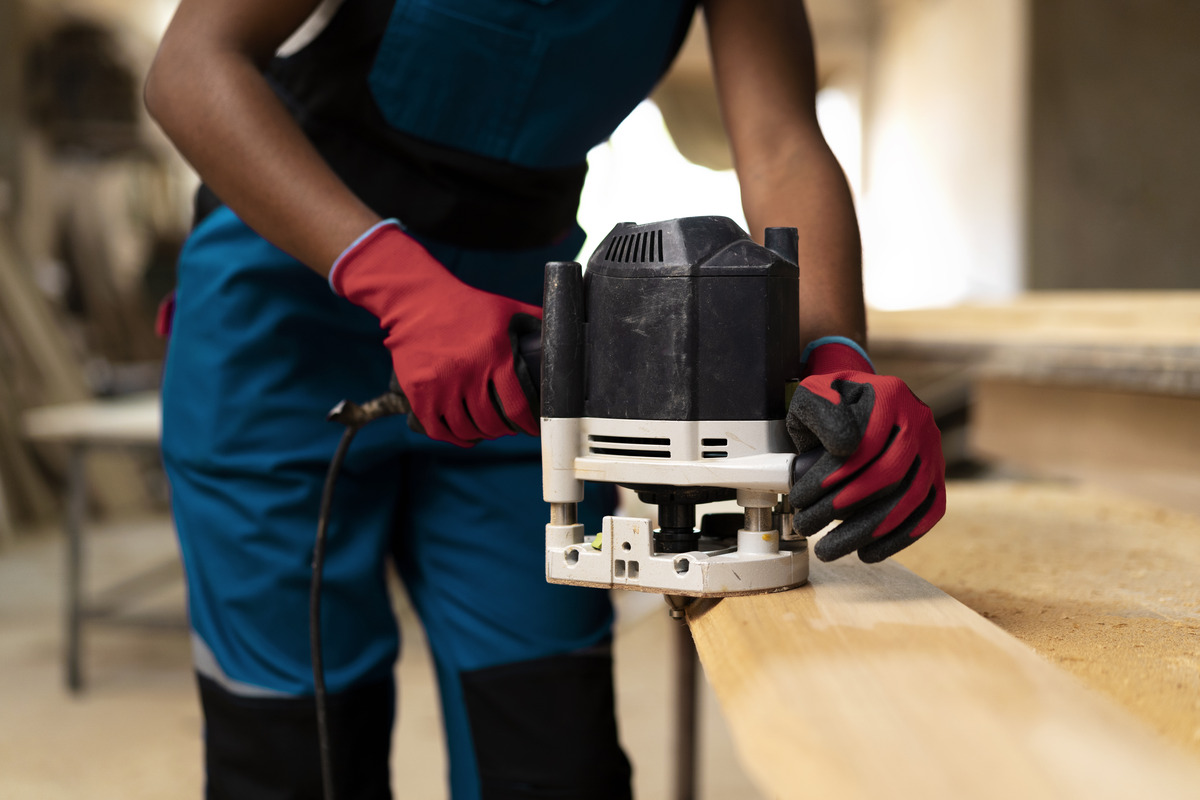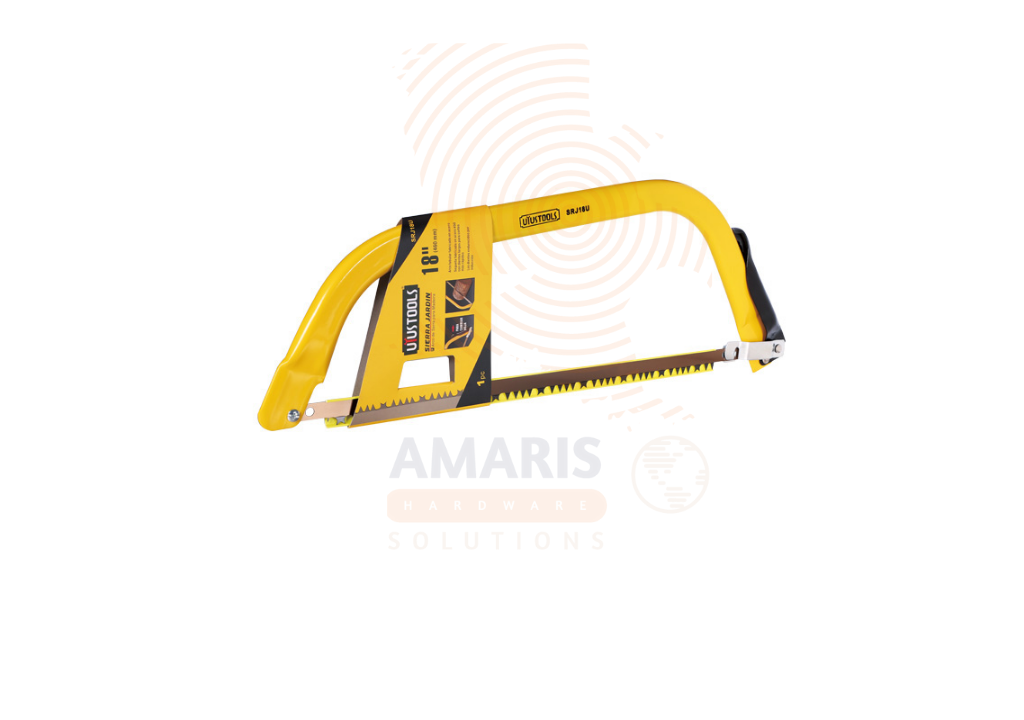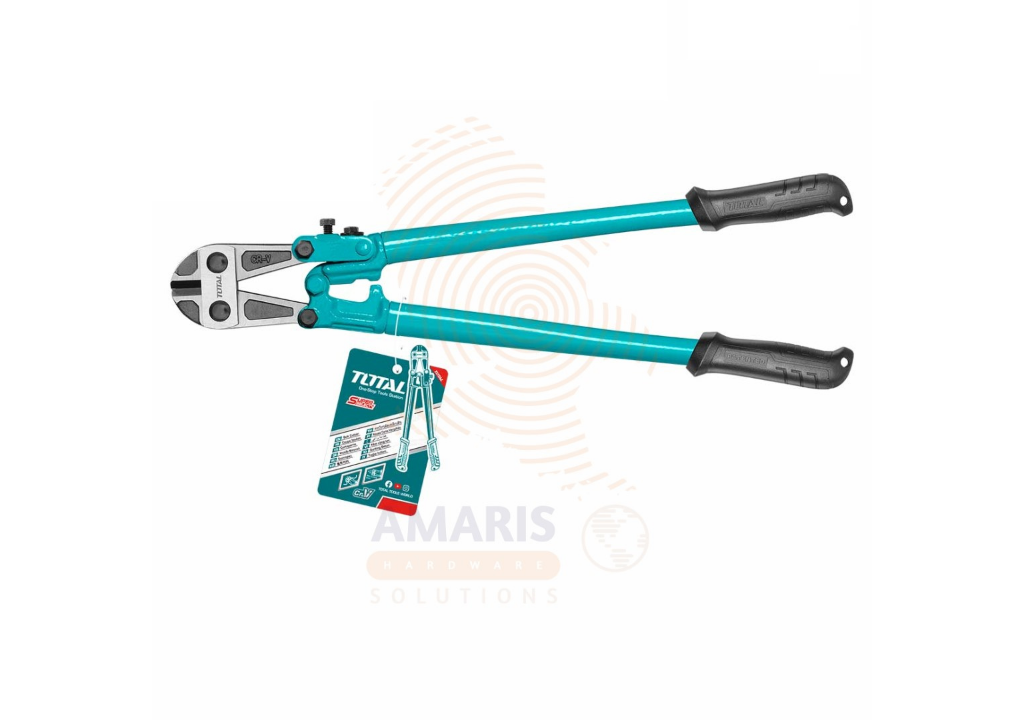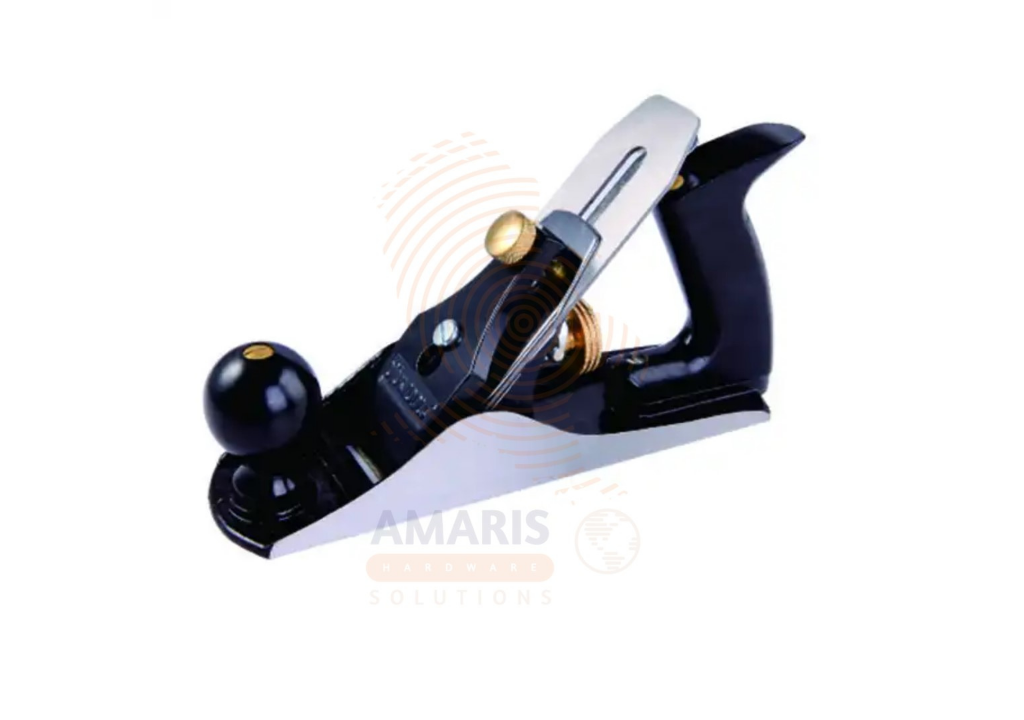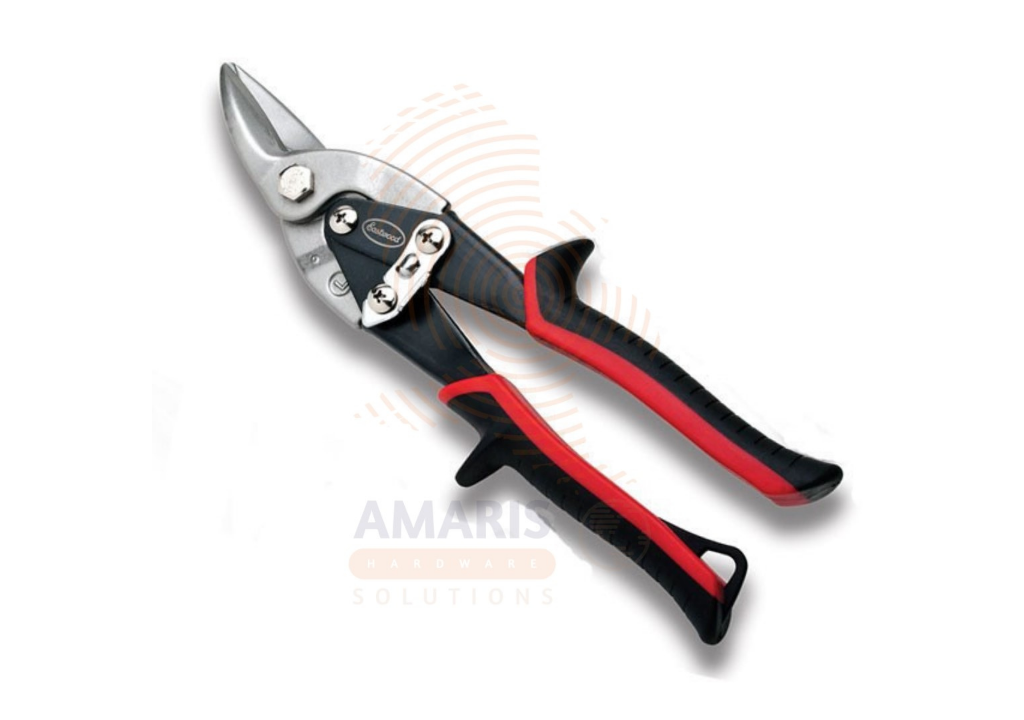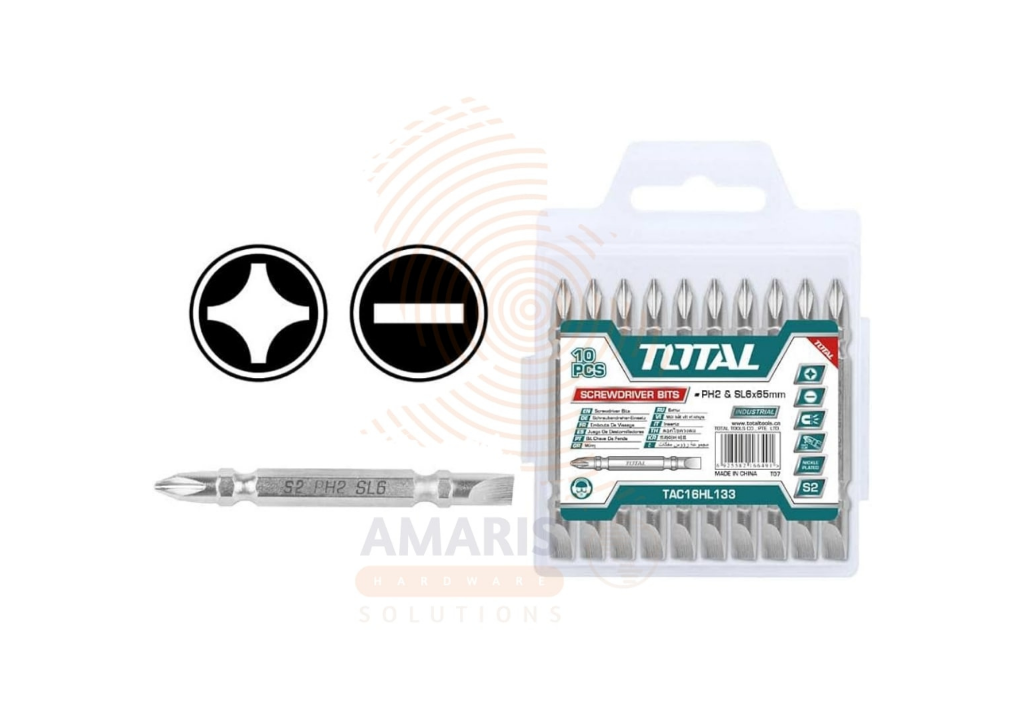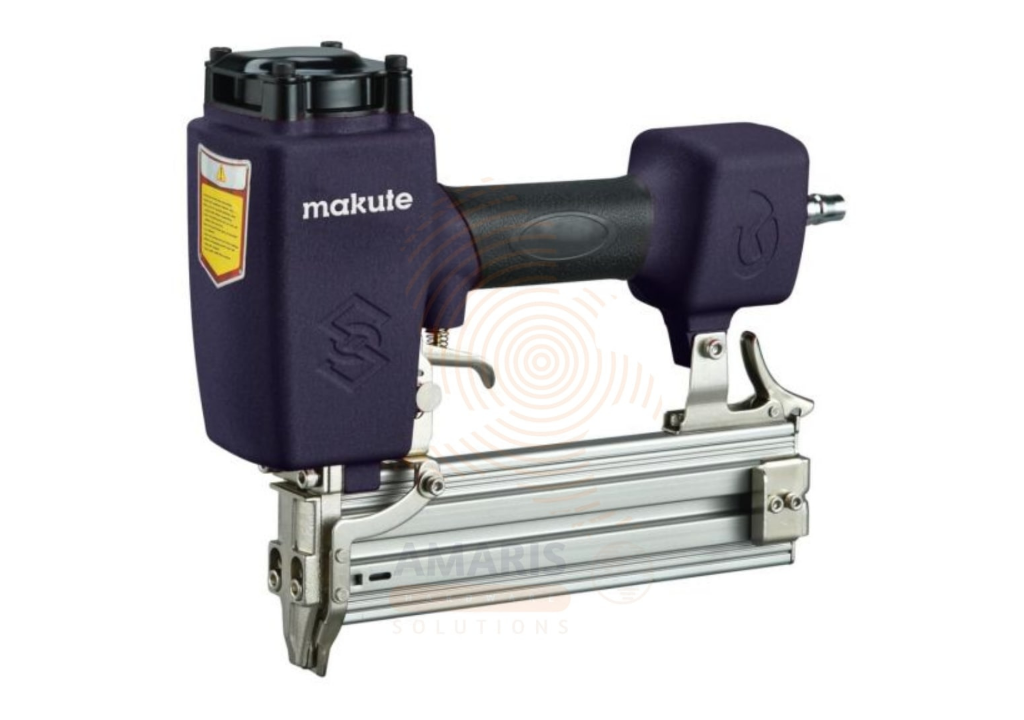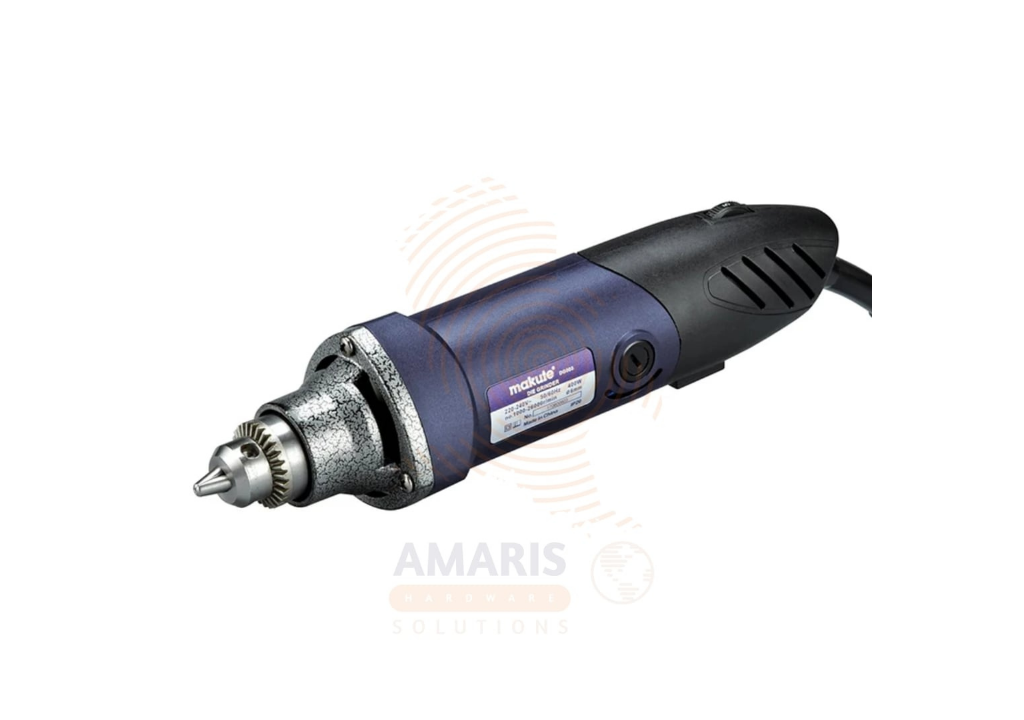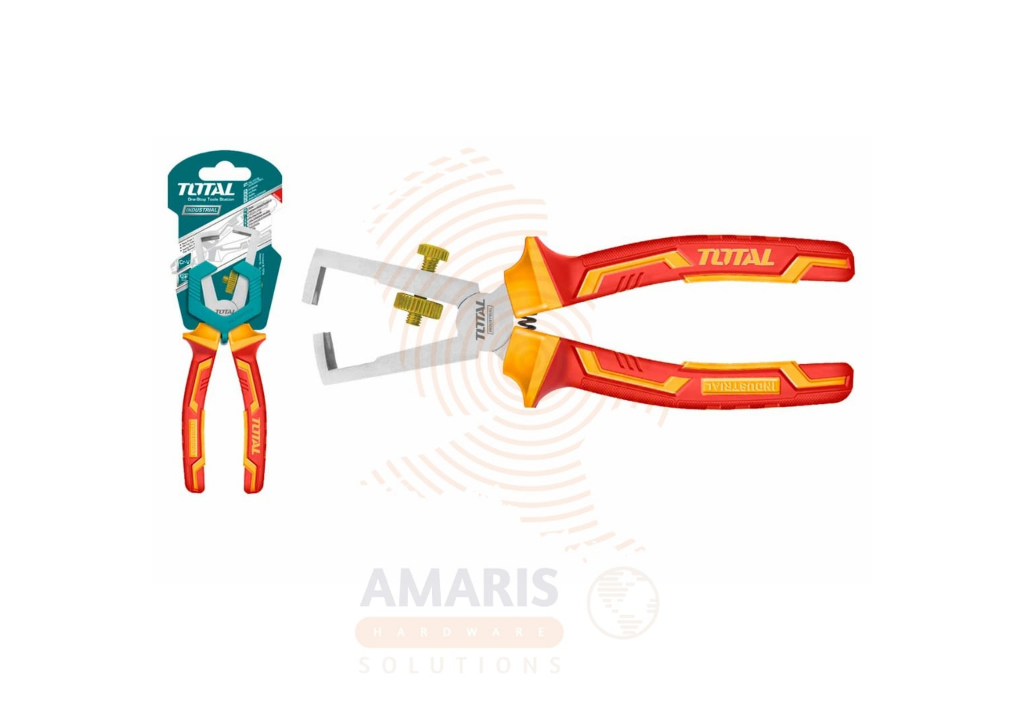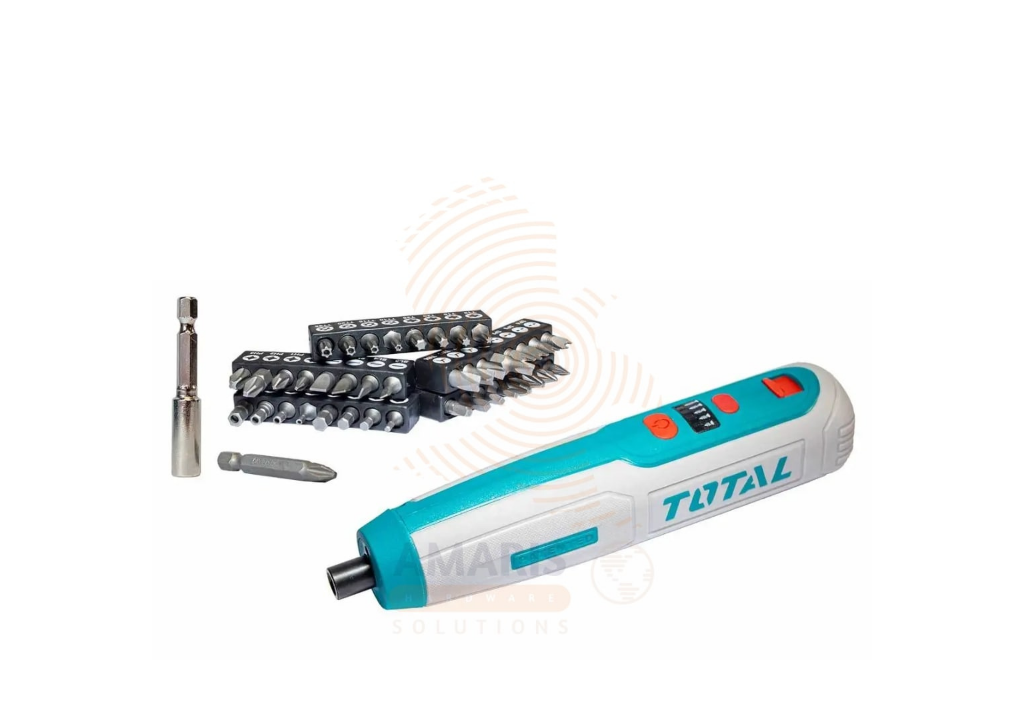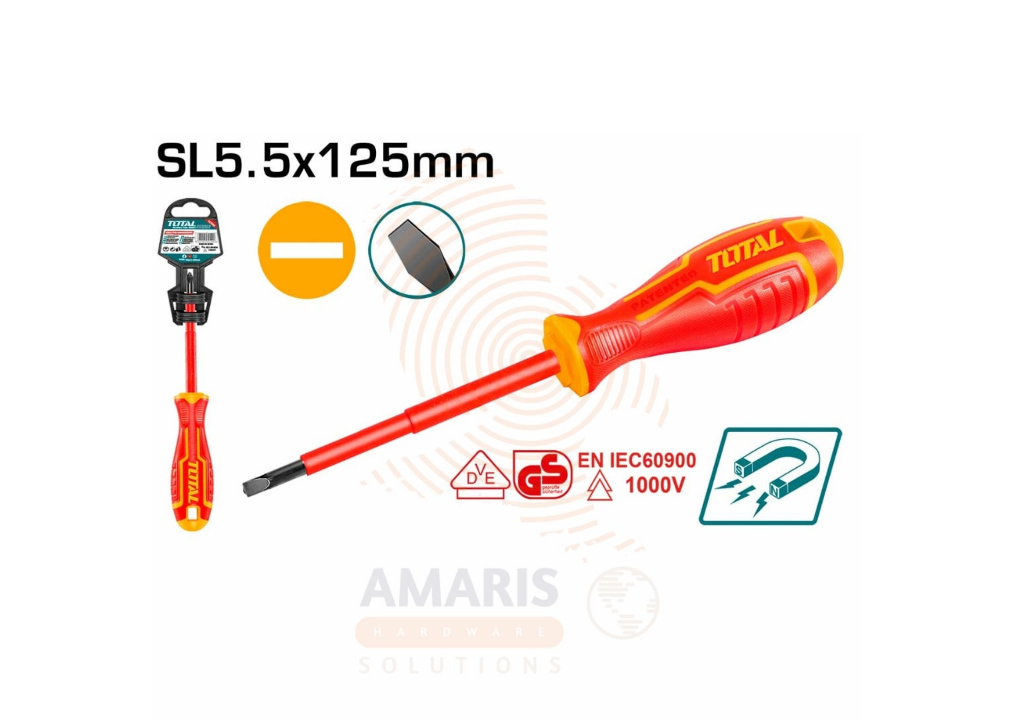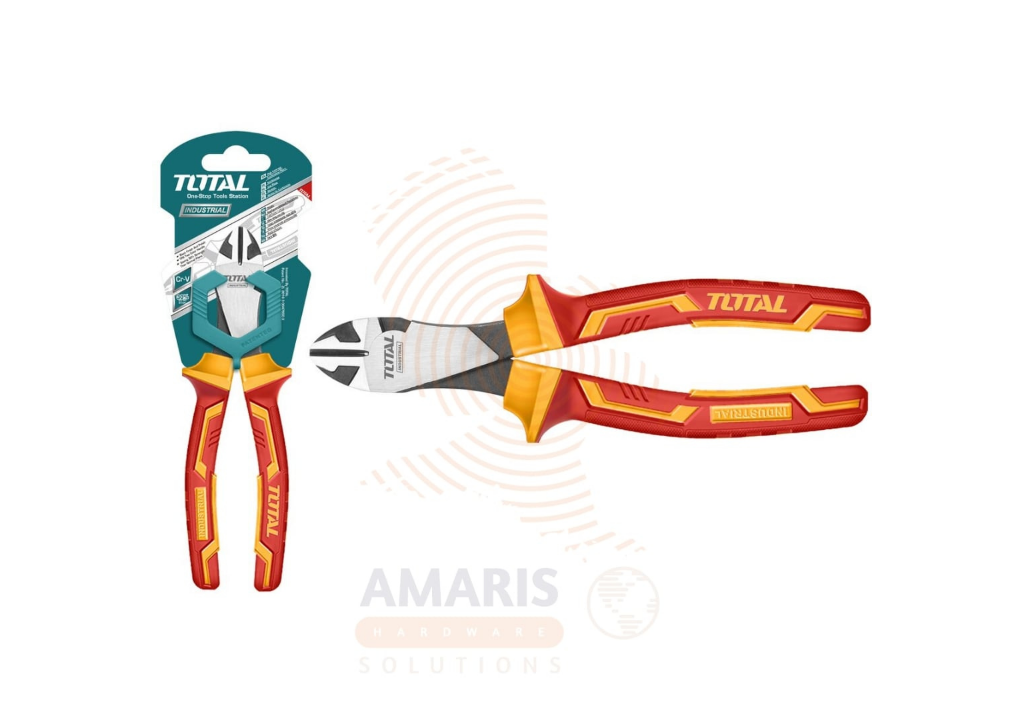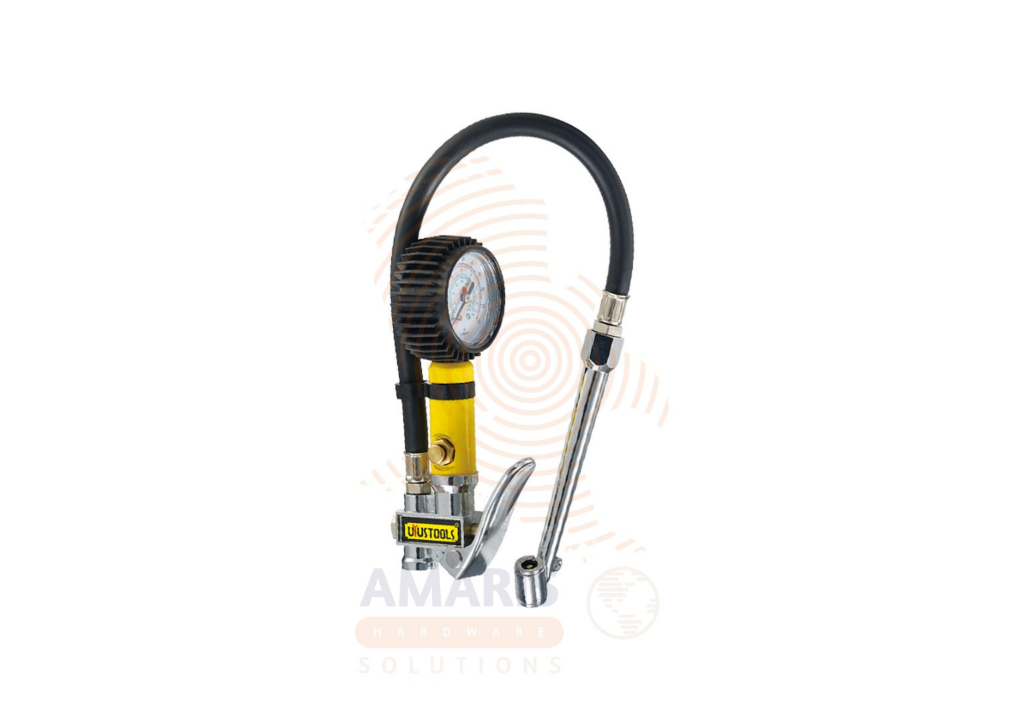“Block Plane: Precision at Your Fingertips” 🪵🔧✂️
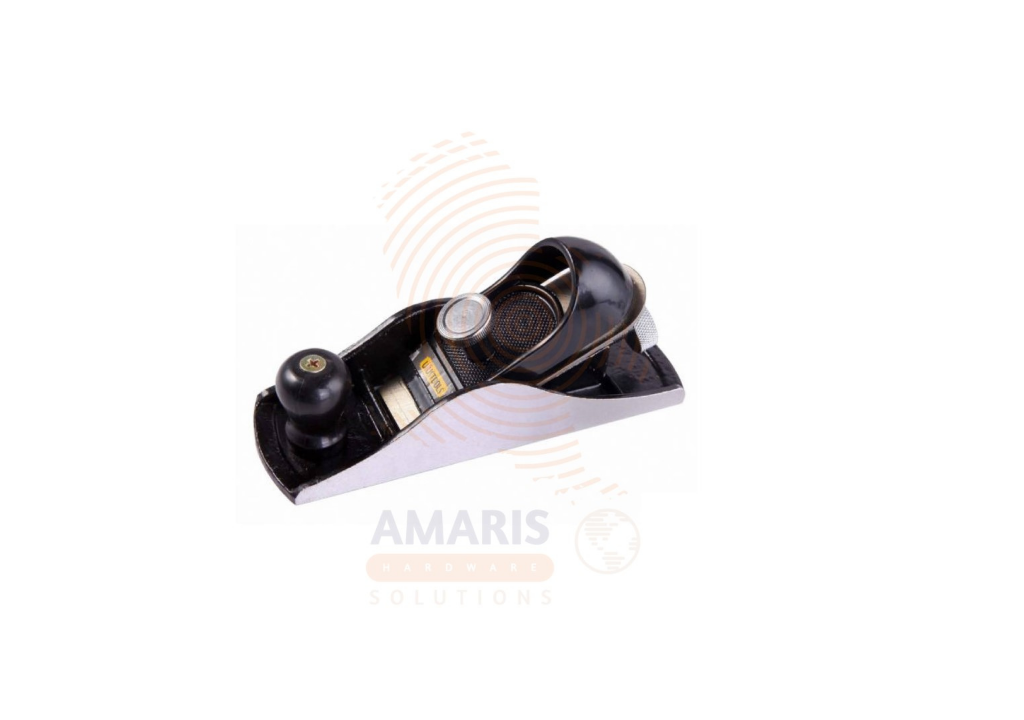
For woodworkers, carpenters, and DIY enthusiasts, a Block Plane is a small yet mighty tool that delivers precision, smooth finishes, and effortless shaping. Unlike larger bench planes, the block plane is designed for one-handed use, making it ideal for trimming, smoothing, and shaping edges with control and accuracy.
Whether you’re a professional craftsman or a hobbyist, mastering the block plane can transform rough lumber into beautifully finished pieces, giving your projects a polished, professional look.
What is a Block Plane? 🛠️
A block plane is a hand-held woodworking tool used to shave thin layers of wood to smooth surfaces, square edges, or create beveled edges. Key components include:
- Adjustable Blade – Determines the depth of cut for precise control.
- Body & Sole – Provides stability and guides the blade evenly over the wood.
- Knob or Lever Cap – Secures the blade in place and allows adjustments.
- Compact Size – Fits comfortably in one hand for controlled, fine work.
Block planes are versatile and come in different sizes, with blade angles suited for end grain or long-grain planing.
Key Uses of a Block Plane 🔍
- Trimming End Grain – Perfect for finishing cuts on boards and edges.
- Smoothing Surfaces – Removes small imperfections for a clean finish.
- Chamfering & Beveling – Creates angled edges on furniture or woodwork.
- Fitting Doors & Drawers – Adjusts the size for a perfect fit.
- Shaping Small Pieces – Ideal for fine woodworking and model making.
Benefits of Using a Block Plane ⚡
- Precision Work – Perfect for fine-tuning edges and surfaces.
- Ease of Use – Lightweight and ergonomic, allowing one-handed operation.
- Versatility – Handles end grain, trimming, smoothing, and shaping.
- Durability – High-quality steel blades maintain sharpness over time.
- Professional Finish – Achieves smooth, clean surfaces without sanding.
How to Use a Block Plane Effectively 💡
- Select the Right Blade Angle – Low-angle for end grain, standard for general planing.
- Adjust Blade Depth – Start shallow for fine control, increase for more material removal.
- Hold Correctly – Grip the plane firmly in one hand, guiding it along the wood.
- Push or Pull Smoothly – Apply even pressure and long strokes for uniform results.
- Check Your Progress – Regularly inspect the surface to avoid over-planing.
Tips for Best Results 🧰
- Keep the Blade Sharp – A dull blade tears wood and produces rough finishes.
- Use Proper Grain Direction – Planing against the grain can cause splintering.
- Maintain Even Pressure – Ensures consistent thickness and smooth results.
- Clean the Plane Regularly – Remove shavings to prevent clogging.
- Store Safely – Protect the blade when not in use to preserve sharpness.
Block Plane in Professional and DIY Use 🏭🏡
In professional woodworking, the block plane is a go-to tool for finishing touches, adjusting fits, and creating chamfers or beveled edges. Its precision ensures high-quality craftsmanship for furniture, cabinetry, and joinery.
For DIY enthusiasts, a block plane makes home projects like trimming doors, smoothing wooden shelves, or shaping decorative pieces easier and more satisfying, turning rough lumber into beautifully finished items.
Why Every Woodworker Should Own One 🪵
The block plane is compact, versatile, and essential for fine woodworking tasks. It allows control, accuracy, and efficiency that larger planes or sanders cannot provide. Whether you’re trimming, shaping, or finishing, this tool is indispensable for creating clean, professional results.
At Amaris Hardware Solutions, we understand the importance of reliable, high-quality hand tools. A block plane delivers precision, ease of use, and long-lasting performance, making it a staple in every workshop.


 Acrylic Sealants
Acrylic Sealants Construction Adhesives
Construction Adhesives Double-Sided Tape
Double-Sided Tape Duct Tape
Duct Tape Electrical Tape
Electrical Tape Epoxy & Resins
Epoxy & Resins Masking Tape
Masking Tape
 Automotive Wrenches & Socket Sets
Automotive Wrenches & Socket Sets Battery Chargers & Jump Starters
Battery Chargers & Jump Starters Car Jacks & Stands
Car Jacks & Stands Car Wash & Detailing Products
Car Wash & Detailing Products Diagnostic Tools
Diagnostic Tools Tire Inflators
Tire Inflators Vehicle Lighting
Vehicle Lighting Oil & Lubricants
Oil & Lubricants
 Adhesives & Sealants
Adhesives & Sealants Bricks & Blocks
Bricks & Blocks Cement & Concrete
Cement & Concrete Drywall & Plaster
Drywall & Plaster Flooring (Tiles, Wood, Laminate)
Flooring (Tiles, Wood, Laminate) Lumber & Plywood
Lumber & Plywood Paints, Primers & Coatings
Paints, Primers & Coatings Insulation Materials
Insulation Materials Roofing Materials
Roofing Materials
 Circuit Breakers
Circuit Breakers Electrical Cables & Wires
Electrical Cables & Wires Switches & Sockets
Switches & Sockets Fuses & Relays
Fuses & Relays Connectors & Terminals
Connectors & Terminals Electrical Boxes & Panels
Electrical Boxes & Panels Conduit & Fittings
Conduit & Fittings Lighting Fixtures & Bulbs
Lighting Fixtures & Bulbs Extension Cords & Power Strips
Extension Cords & Power Strips
 Anchors
Anchors Bolts
Bolts Clips & Clamps
Clips & Clamps Screws
Screws Nuts
Nuts Washers
Washers Rivets
Rivets Nails
Nails Threaded Rods
Threaded Rods
 Hammers
Hammers Measuring Tools (Tapes, Levels, Calipers)
Measuring Tools (Tapes, Levels, Calipers) Screwdrivers
Screwdrivers Pliers & Cutters
Pliers & Cutters Saws & Blades
Saws & Blades Chisels & Punches
Chisels & Punches Allen Keys & Hex Keys
Allen Keys & Hex Keys Ratchets & Socket Sets
Ratchets & Socket Sets Wrenches & Spanners
Wrenches & Spanners
 Power Tool Accessories (Blades, Bits, Discs)
Power Tool Accessories (Blades, Bits, Discs) Rotary Tools
Rotary Tools Saws (Circular, Jigsaw, Reciprocating)
Saws (Circular, Jigsaw, Reciprocating) Drills & Drivers
Drills & Drivers Grinders & Sanders
Grinders & Sanders Heat Guns
Heat Guns Nail Guns
Nail Guns Impact Wrenches
Impact Wrenches Batteries & Chargers
Batteries & Chargers
 Pipes & Fittings (PVC, Copper, PEX)
Pipes & Fittings (PVC, Copper, PEX) Plumbing Tools
Plumbing Tools Pumps & Motors
Pumps & Motors Sealants & Adhesives for Plumbing
Sealants & Adhesives for Plumbing Valves & Taps
Valves & Taps Water Heaters
Water Heaters Drainage Systems
Drainage Systems Faucets & Fixtures
Faucets & Fixtures Hoses & Tubing
Hoses & Tubing
 Hinges & Latches
Hinges & Latches Hooks & Brackets
Hooks & Brackets Window Hardware
Window Hardware Chains & Cables
Chains & Cables Casters & Wheels
Casters & Wheels Shelving & Storage Systems
Shelving & Storage Systems Door Handles & Locks
Door Handles & Locks Drawer Slides & Cabinet Hardware
Drawer Slides & Cabinet Hardware
 Personal Protective Equipment (PPE)
Personal Protective Equipment (PPE) Respirators & Masks
Respirators & Masks Safety Glasses
Safety Glasses Safes
Safes Security Cameras
Security Cameras Gloves
Gloves Helmets
Helmets Ear Protection
Ear Protection Fire Safety Equipment
Fire Safety Equipment Locks & Padlocks
Locks & Padlocks Motion Sensors & Alarms
Motion Sensors & Alarms
 Garden Fencing
Garden Fencing Garden Furniture Hardware
Garden Furniture Hardware Lawn Mowers
Lawn Mowers Trimmers & Edgers
Trimmers & Edgers Shovels & Spades
Shovels & Spades Rakes & Hoes
Rakes & Hoes Pruning Shears & Loppers
Pruning Shears & Loppers Watering Systems (Hoses, Sprinklers, Nozzles)
Watering Systems (Hoses, Sprinklers, Nozzles)
 Interior Paints
Interior Paints Paint Brushes & Rollers
Paint Brushes & Rollers Paint Strippers & Thinners
Paint Strippers & Thinners Paint Trays & Accessories
Paint Trays & Accessories Exterior Paints
Exterior Paints Spray Paints
Spray Paints Primers & Undercoats
Primers & Undercoats Varnishes & Stains
Varnishes & Stains
 Gaskets & Seals
Gaskets & Seals Hydraulic Fittings
Hydraulic Fittings Industrial Fasteners
Industrial Fasteners Industrial Hoses
Industrial Hoses Lubricants & Greases
Lubricants & Greases Metal Sheets & Bars
Metal Sheets & Bars Bearings & Bushings
Bearings & Bushings Belts & Pulleys
Belts & Pulleys
 HVAC Filters
HVAC Filters Insulation for HVAC
Insulation for HVAC Air Conditioners
Air Conditioners Refrigerants
Refrigerants Ventilation Ducts & Fittings
Ventilation Ducts & Fittings Thermostats & Controllers
Thermostats & Controllers Fans & Blowers
Fans & Blowers
 Pegboards & Hooks
Pegboards & Hooks Shelving Units
Shelving Units Storage Bins & Containers
Storage Bins & Containers Toolboxes & Tool Chests
Toolboxes & Tool Chests Workbenches
Workbenches Drawer Organizers
Drawer Organizers Labeling Supplies
Labeling Supplies
 Welding Accessories (Clamps, Brushes)
Welding Accessories (Clamps, Brushes) Welding Electrodes & Rods
Welding Electrodes & Rods Welding Helmets & Gloves
Welding Helmets & Gloves Welding Machines
Welding Machines Soldering Irons & Stations
Soldering Irons & Stations Flux & Solder Wire
Flux & Solder Wire
 Generator Accessories
Generator Accessories Inverters
Inverters Portable Generators
Portable Generators Power Inverters
Power Inverters Transfer Switches
Transfer Switches Diesel & Gasoline Generators
Diesel & Gasoline Generators
 Transport Equipment: Carts, Dollies, and Hand Trucks
Transport Equipment: Carts, Dollies, and Hand Trucks Storage Solutions: Pallets, Racks, and Containers
Storage Solutions: Pallets, Racks, and Containers Lifting Equipment: Hoists, Cranes, and Jacks
Lifting Equipment: Hoists, Cranes, and Jacks Conveyors and Accessories: Belts and Rollers
Conveyors and Accessories: Belts and Rollers